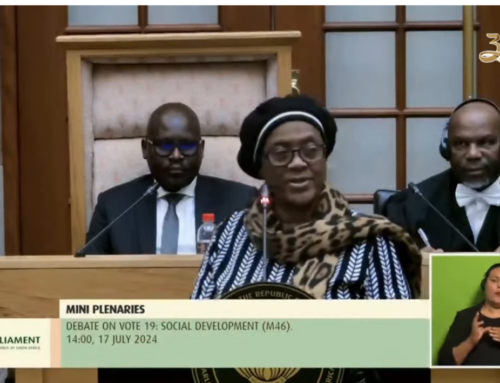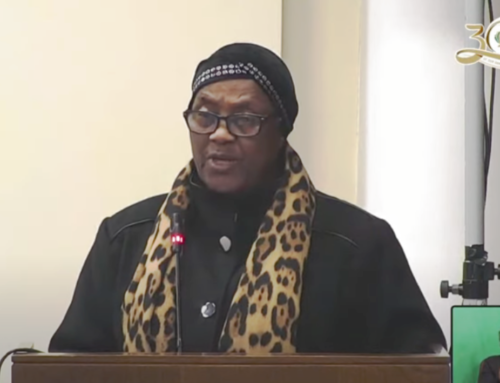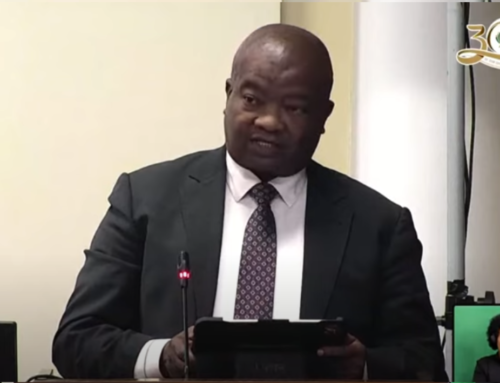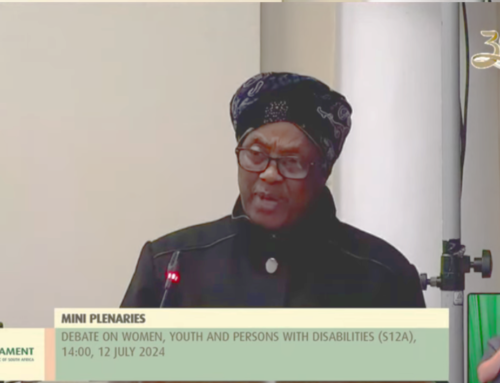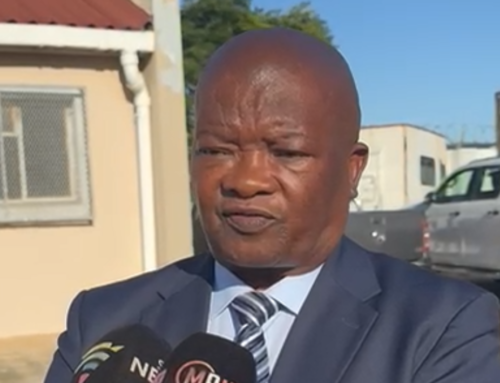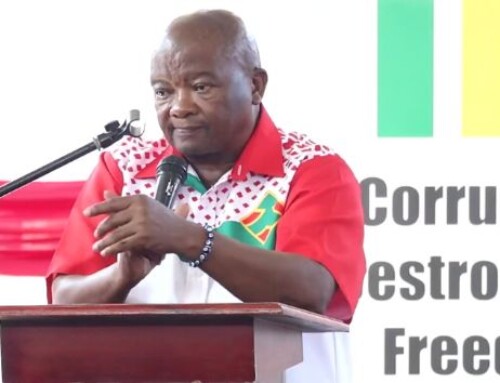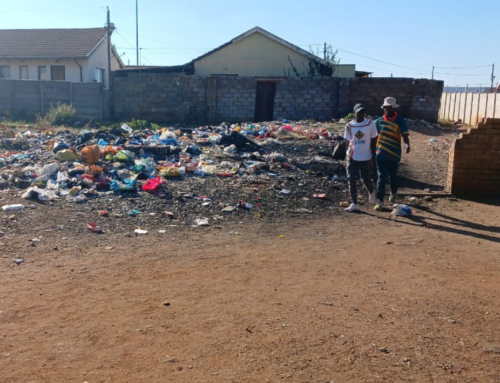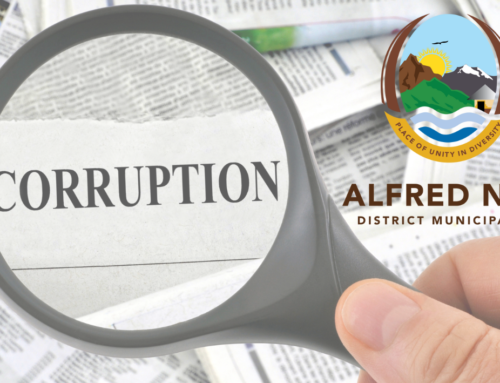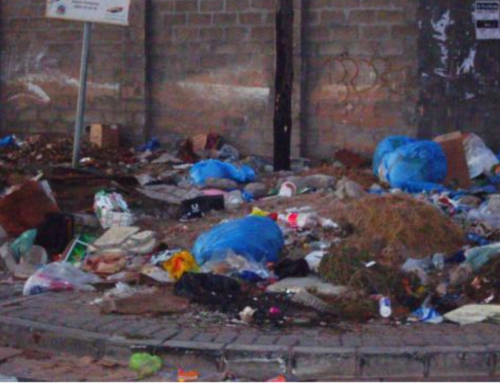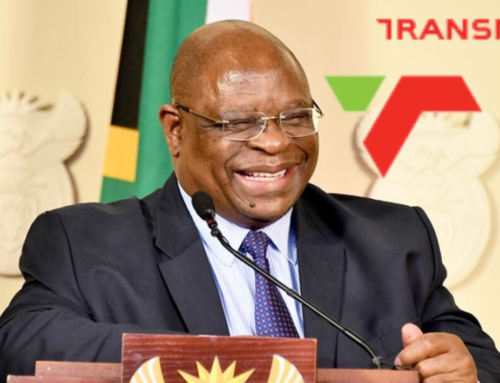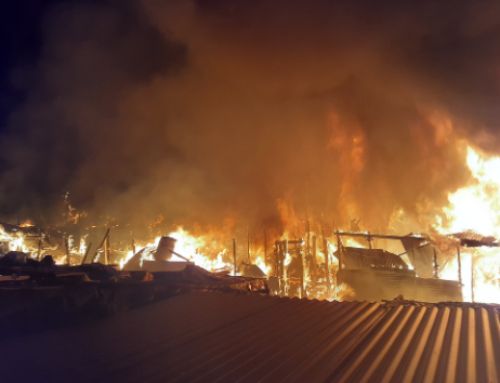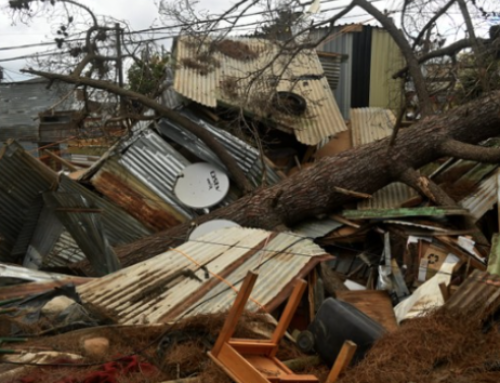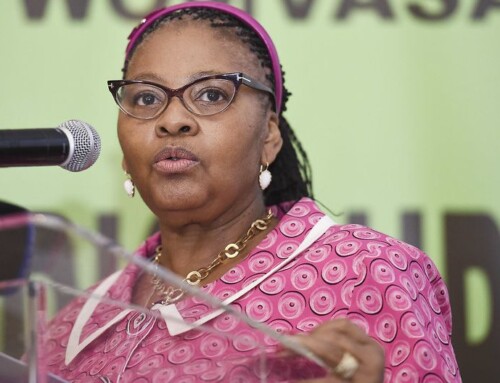

Mr Bantu Holomisa, MP
UDM President
1. Introduction
South Africa (SA), like many other so-called developing nations, faces challenges of chronic underdevelopment and/or development skewed towards urban areas, albeit in an unequal manner.
Even urban development is fraught with inequality, as some provinces are in a position to deliver better infrastructure, while others trail behind owing to fiscal constraints determined by the income levels of their households.
Yes, some progress has been made since 1994 to provide services and infrastructure in areas where it was taboo to do so in the apartheid years. However, it is simply not sufficient or sustainable, and some of it not built well enough and is out of date with modern innovations.
SA has been in economic stagnation for more than a decade now, but mostly due to sluggish investment, poor governance and chronic corruption. We have experienced two quarters of negative growth this year, thus the current technical recession.
Mister Deputy Speaker, if we were to unite around this new approach on infrastructure development in our country, we shall be in practice, marching united towards drastically reducing inequality, the eradication of poverty and unemployment.
2. The UDM’s approach to Infrastructure Development
The UDM believes in a policy of intervention by the state in the economy through planned sustainable development programmes, which create jobs on a large scale whilst developing and maintaining infrastructure.
There is, however, a serious lack of capacity, uniformity in spatial planning and infrastructure development between municipal, provincial and national governments.
The introduction of mega infrastructure should not be done at the expense of the development of rural areas, townships and informal settlements. Mega infrastructure must be linked and inclusive of these areas for their benefit.
In this regard, the United Democratic Movement (UDM), with its integrated policy approach, proposes that the work of the Presidential Infrastructure Co-ordinating Commission (PICC), must be locally driven from grassroots level. For instance, we need to have a comprehensive ward / municipal / district and provincial based infrastructure plan that will be coordinated at a central level by the PICC.
We need to build internal capacity to restrict unnecessary dependence on outsourcing. The PICC must be able to ensure that the state has the necessary capacity at local levels.
Government needs to plan infrastructure beforehand and ensure that their investment in education aligns with the infrastructure development goals to avoid having this sector being dominated by foreign experts.
The PICC could also be tasked to ensure uniformity of infrastructure development across provinces; as guided by their individual needs. In so doing one province will not be favoured over another. For instance, primary schools across all provinces must have equal access to computer and science laboratories.
Each worker should have the same access to transport to get them to and from work. Each citizen living in a rural area should have the same opportunity to benefit from the infrastructure and public services made available in urban hubs, as far as reasonably possible.
South Africa is currently engaged in the land debate and the PICC could play a pivotal role in the implementation and monitoring of a future land dispensation, which includes the necessary infrastructure development. We cannot offer citizens access to the land that they desperately need and deserve, without in turn providing them with the infrastructure that they need to maximise that potential.
For the PICC to succeed, the UDM suggests that we draw on the invaluable expertise that South Africans possess in all sectors.
3. Investment on Social Transport Infrastructure
Our public transport system leaves much to be desired and an over-reliance coupled with lack of maintenance on our road infrastructure has led to its rapid decay.
Government must do more and the UDM wishes to propose intercity high-speed rail. This is possible via the refurbishment and adaptation of existing railway lines and building additional capacity where needed.
It is said that all roads lead to the proverbial Rome. But in South Africa maybe all roads and rails should lead to Gauteng and other hubs, to provide an alternative for South Africans, from the four corners of our country, to travel to and from our economic centres in a safe, affordable and speedy way.
A high-speed railway system would, amongst others, have the following advantages:
a) The reduction of people dying in road accidents at a high rate. This is unacceptable, and a high-speed rail system would reduce accidents and fatalities on our roads.
b) Greater access to specialised services, for example courts, legislatures, hospitals with medical specialists and universities etc., will be more accessible.
c) Our roads will be taxed less by heavy vehicles that damage road surfaces.
d) Most importantly, the reduced dependence on road transport will have the spin-off of speeding up our economy, for example:
• Businesses could be located anywhere and transport their goods with ease and at a relatively low cost. Our citizens will not have to face a choice between pursuing their careers and moving away from their families and loved-ones;
• Businesses could employ people from far reaching places, thus spreading wealth to rural areas.
• New business opportunities can be identified where it was previously deemed too remote.
• Our lucrative tourism industry could be further unlocked, not only for international tourism, but also local tourism.
Of course, such development costs money. However, in our case, it is not necessarily a lack of money, private sector has the resources we need but are reluctant to invest in corruption. Even public sector, for instance, the pension funds, can be best used to fund this new approach to infrastructure development.
4. Infrastructure development as an investment in our environment
It would be irrational to disagree that, a new approach to infrastructure development must place a high value in our environment. This is especially applicable when considering our pristine natural resources.
Furthermore, any infrastructure development must be done in consultation with affected communities.
For instance, as part of a rural infrastructure development programme, communities should identify which areas should be used for grazing and planting, and which should be left fallow. Government must then take responsibility for fencing off land which will in turn generate local jobs.
Lastly, 28% of Southern Africa’s water flows unused through the Eastern Cape rivers. Using this water effectively and responsibly could generate jobs in the short and long term. Also, some of the richest agricultural soil in the country lies uncultivated in this province.
The refurbishment and establishment of irrigation schemes will not only create jobs and wealth, but it will also contribute to food security in the area and the country at large.
5. Conclusion
We need to ensure that our infrastructure is advancing industrialisation, environmental preservation and social cohesion. In more ways than one, we need to ensure that South Africa and South Africans are no longer left behind but at the helm of their developmental trajectory.
Thank you



